Welcome!
A Functional Machine Learning Classifier
Paul Brabban
sheffieldml.org.uk & (def shef)
The Problem
Meet the Irises
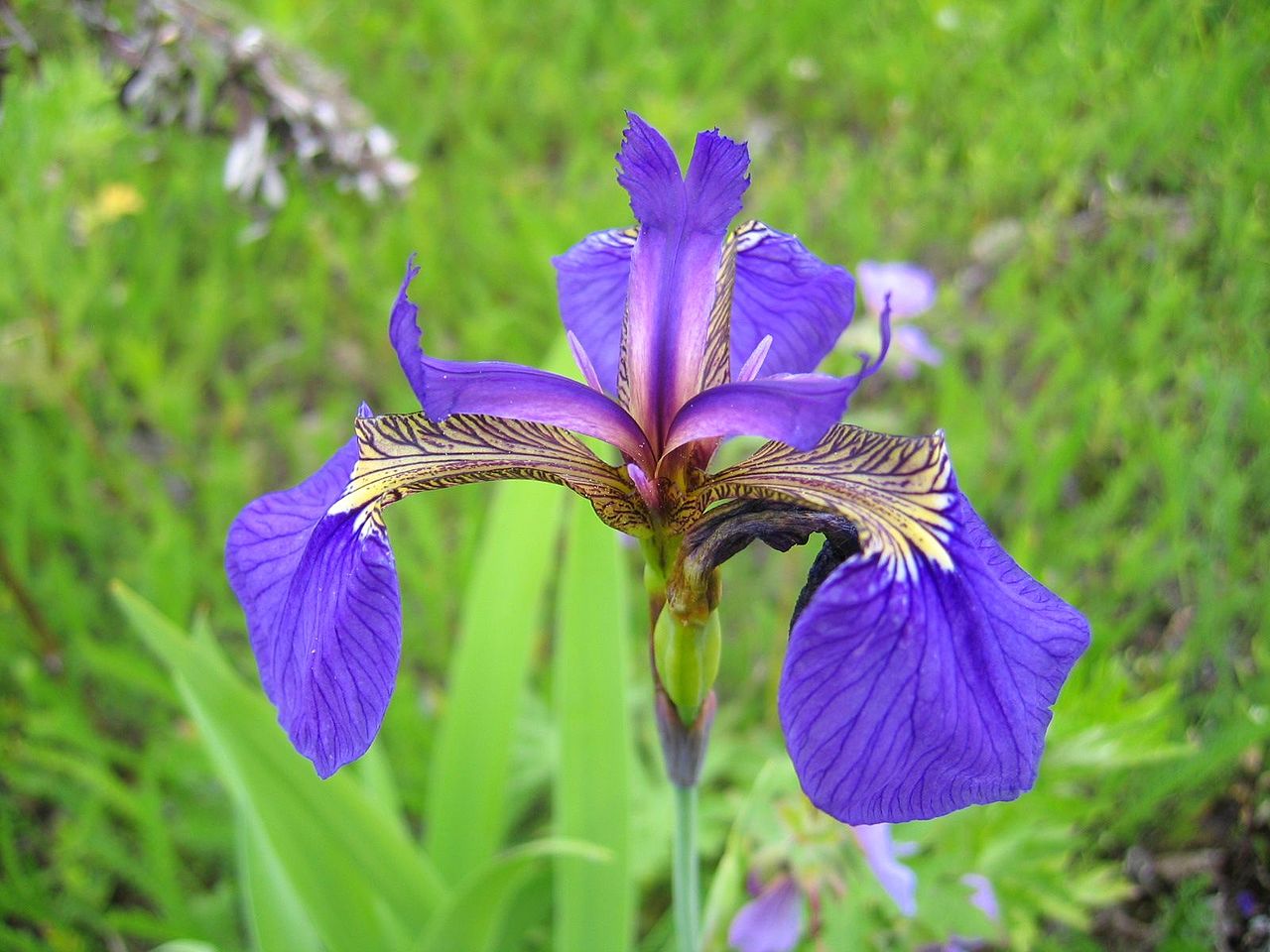
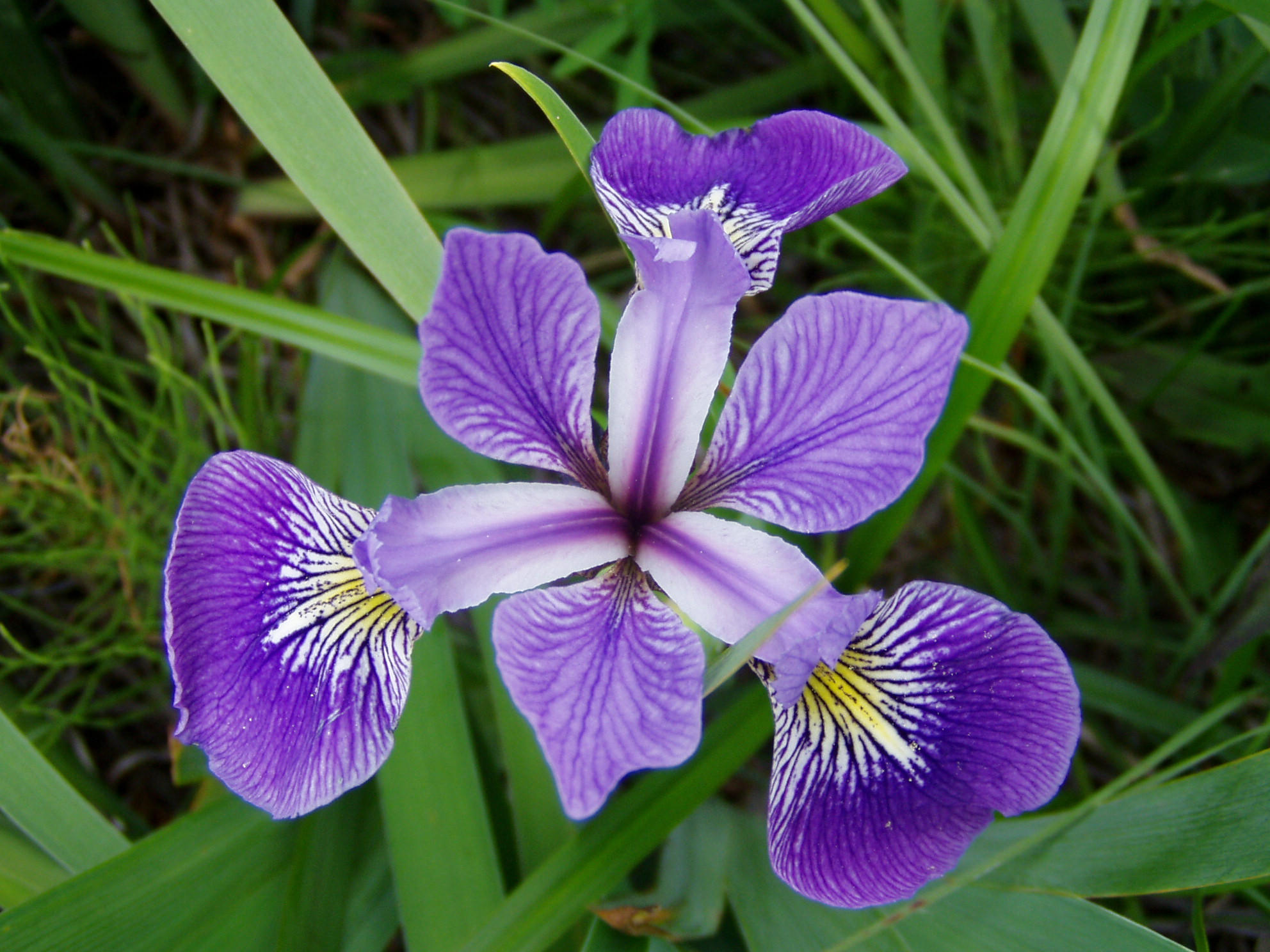
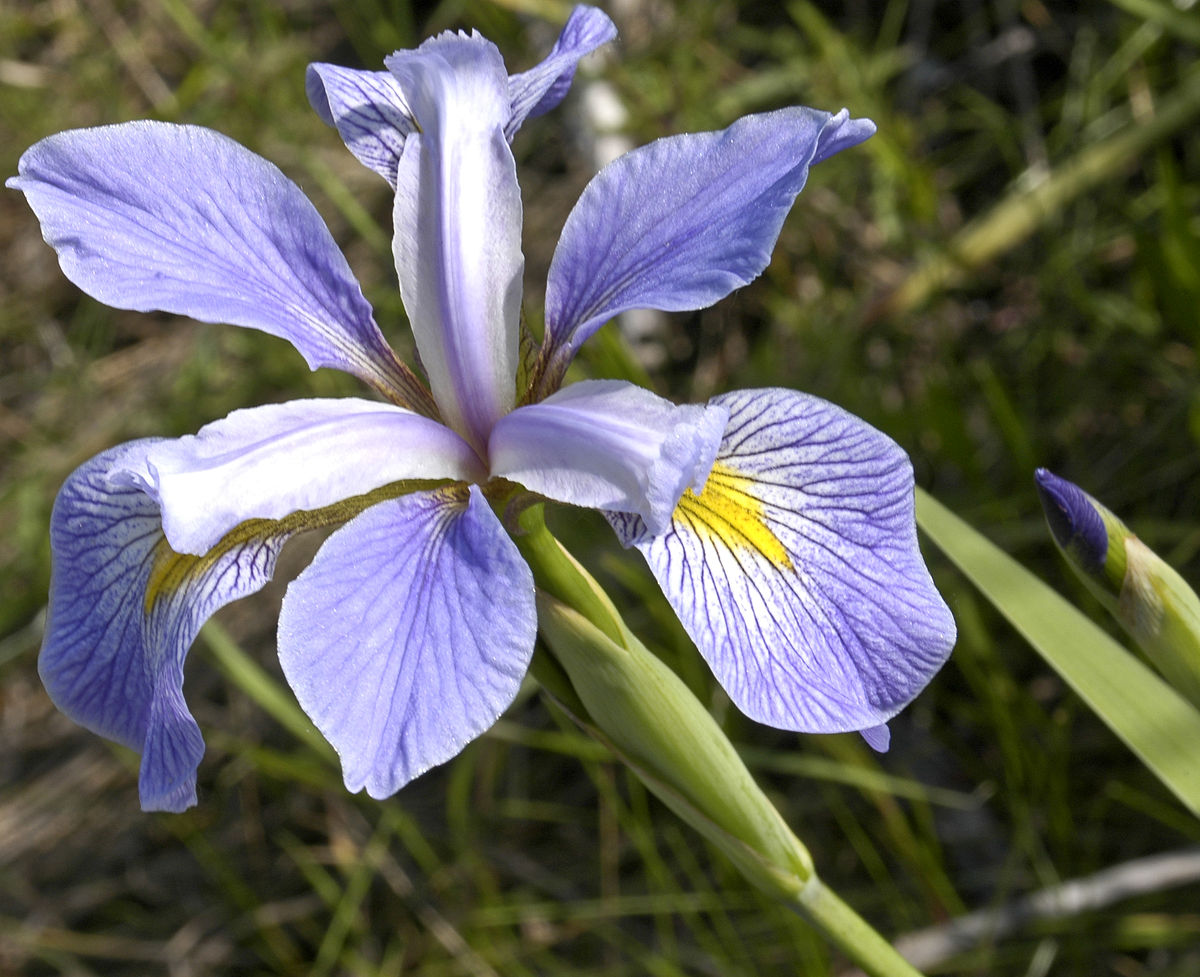
The Problem
Which is this?

Machine Learning
Techniques that let machines learn from experience, without being explicitly programmed.
Machine Learning
Machine learning models predict things.
- how much a house will sell for
- which numeric digit a digitised photo shows
- whether an applicant will pay back a loan
- whether a image of cells is normal or cancerous
and uncountably more...
Machine Learning
Even what species a particular iris belongs to!

Classification
We're solving a classification problem
is this iris versicolor, setosa or virginica?
There are other kinds...
- regression, like predicting a numeric house price
- unsupervised, when we don't know the answers
Examples
To learn a supervised problem, we need examples
5.1,3.5,1.4,0.2,Iris-setosa
- Four Features:
- Petal width & length
- Sepal width & length
- One Label (Setosa | Versicolor | Virginica)
Training and Testing
Training
- training examples are fed to the ML algorithm
- a model is built that can predict for new examples
Testing
- the model predicts for examples it hasn't seen before
- "goodness" of the model is assessed
The kNN classifier
We're going to use a classic algorithm:
a k-Nearest Neighbours classifier.
The kNN classifier
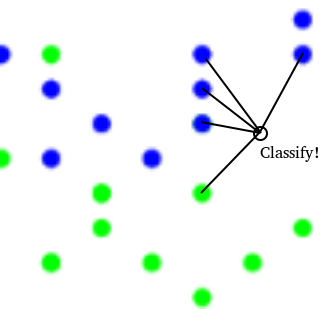
The kNN classifier
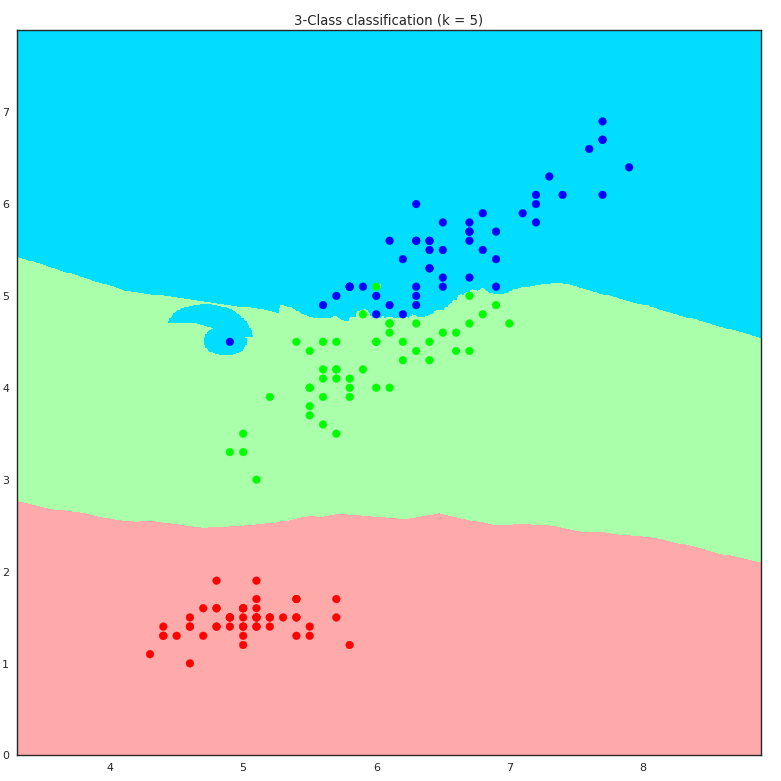
Training
Most algorithms have a 'training' phase where they deduce and optimise a target function.
The k-NN classifier doesn't really have a training phase as it just 'memorizes' the training data.
Validation
...but is it good at predicting the species?
How do we measure the effectiveness of our algorithm?
Train/Test Split
- assign some examples to a "training" set (say 70%)
- and the rest to a "test" set (say 30%)
- have the algorithm memorize the training set
- predict the classes of the test set
- how many did it get right? (%)
Like so...
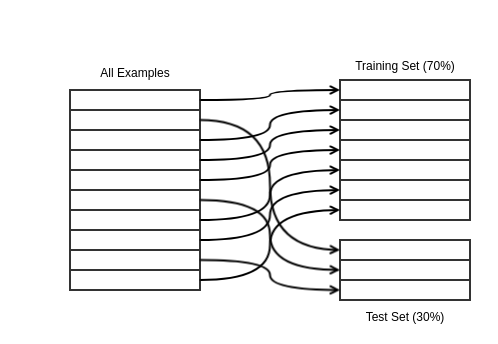
k-Fold Cross-Validation
Make better use of your data!
- choose say k = 5, then
- randomly assign examples to 5 equal sized "folds"
- train with 4/5 "folds", test with the other
- 5 times
- average the % correct
Like so...
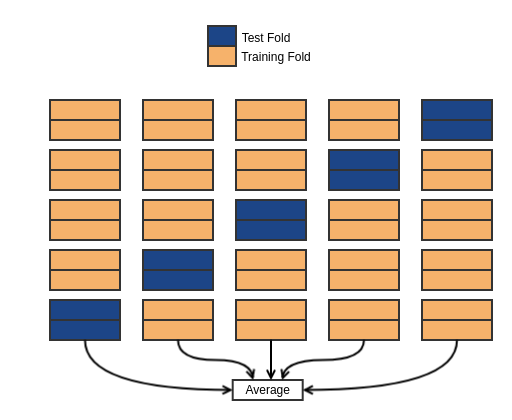
That's it!
Instructions and the data set are at https://github.com/defshef/dojo-knn
- Any language you like
- Work alone or in groups
- If you're stuck shout up for a hint
- Last 20 mins will be a show-and-tell by... YOU LOT!
- Thank you and enjoy!
Next Steps
See the repo for next steps ideas.
If you want to optimise your code...
Try the phishing dataset - 30 features, 11k examples
If you want to do more ML stuff...
Kaggle has datasets and ML competitions - why not have a go?